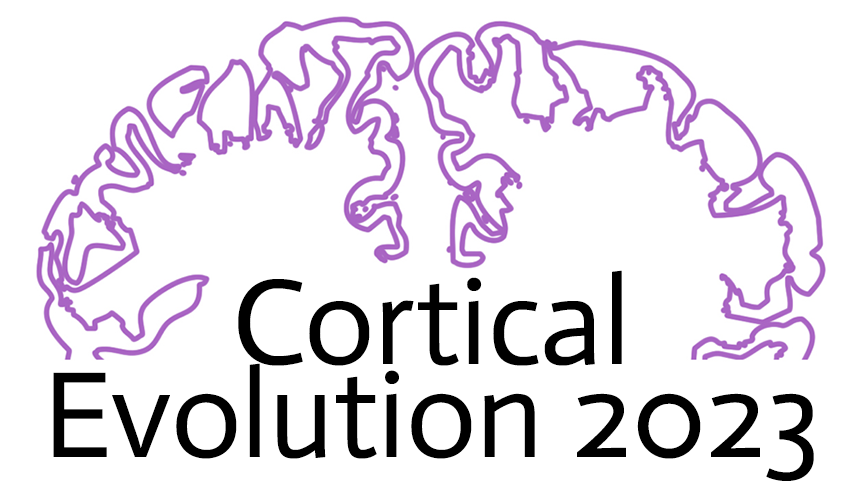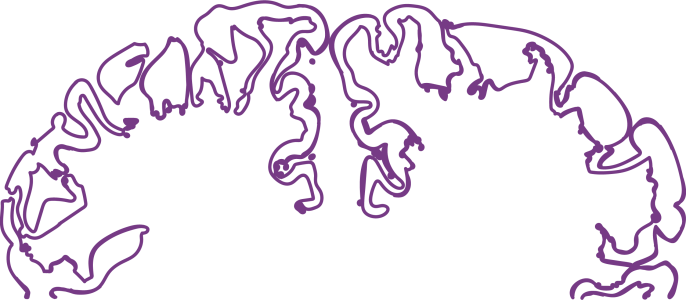About the Conference
Organizers: Verónica Martínez Cerdeño, Emiliano Bruner, and Stephen Noctor.
Scientific Committee: Verónica Martínez Cerdeño, Emiliano Bruner, Stephen Noctor, Zoltan Molnar, and Chet Sherwood.
The Cortical Evolution symposium will promote the dissemination of novel ideas and concepts underlying evolution of the mammalian and primate cerebral cortex. The goal of this conference is to further our understanding of the factors involved in cortical evolution that are relevant for human brain function under normal and pathological conditions. Experts from prestigious research universities in the Americas, Europe, Africa, and Asia will present their most recent findings at the meeting. 200 faculty and students are expected to attend, and all attendees will have the opportunity to present their work in poster format. In addition, six abstracts will be selected for a short oral presentation. The meeting will be organized into 5 sessions, with each session dedicated to the following topics:
- Paleoanthropology
- Cortical Development
- Cortical Expansion
- Evolution of cellular types
- Evolution of Cortex and Behavior
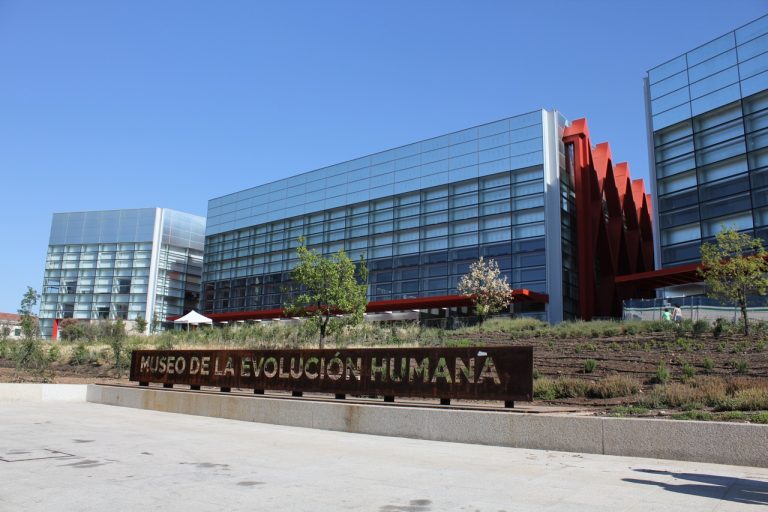
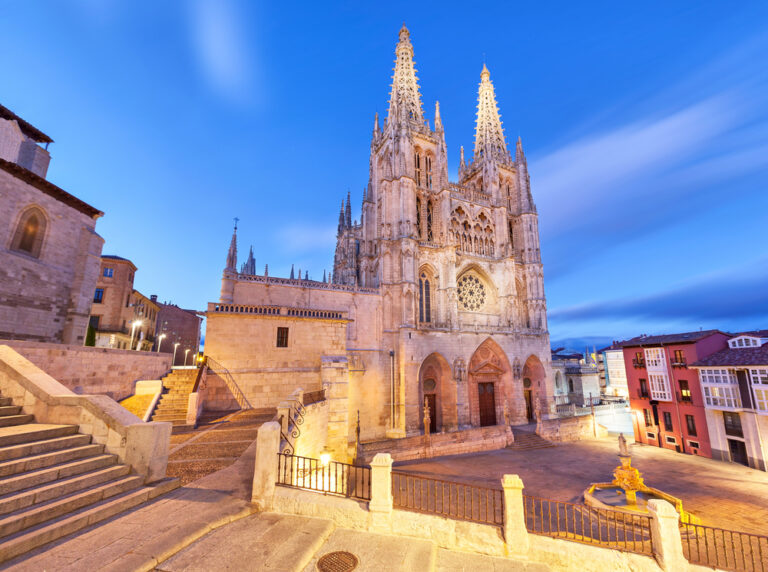
Burgos
Burgos, is a city in Castilla-Leon situated in the Pilgrim’s Road to Santiago de Compostela, that still preserves important vestiges of its medieval splendor.
The city, which was the capital of the unified kingdom of Castilla-Leon for five centuries, boasts a masterpiece of Spanish Gothic architecture, the cathedral of Burgos, declared World Heritage. Aside from a visit to the historic quarter, you can take a quite interesting walk along the banks of the Duero and Arlanza rivers. Great places to approach a delicious, varied cuisine. On the foothill of the fortified Castle Hill, which has the best views of the city, the medieval quarter unfolds. Some of the remarkable buildings of this place include the Mudejar Arch of San Esteban and the Gothic church by the same name, which houses the Reredos Museum. Another important temple is the one devoted to San Nicolás, where you can see a magnificent polychromatic alabaster reredos.
Burgos
Burgos, is a city in Castilla-Leon situated in the Pilgrim’s Road to Santiago de Compostela, that still preserves important vestiges of its medieval splendor.
The city, which was the capital of the unified kingdom of Castilla-Leon for five centuries, boasts a masterpiece of Spanish Gothic architecture, the cathedral of Burgos, declared World Heritage. Aside from a visit to the historic quarter, you can take a quite interesting walk along the banks of the Duero and Arlanza rivers. Great places to approach a delicious, varied cuisine. On the foothill of the fortified Castle Hill, which has the best views of the city, the medieval quarter unfolds. Some of the remarkable buildings of this place include the Mudejar Arch of San Esteban and the Gothic church by the same name, which houses the Reredos Museum. Another important temple is the one devoted to San Nicolás, where you can see a magnificent polychromatic alabaster reredos.

La Sierra de Atapuerca
La Sierra de Atapuerca is located 18 kilometres from Burgos and is renowned for the prehistoric archaeological sites discovered there. Declared a UNESCO World Heritage Site on 2000, the Atapuerca are the only place in Europe where it is possible to see how ways of life have evolved, from the first humans who lived on the Old Continent approximately one million years ago to very recent eras. The history of Atapuerca started in the 60s when a caving group discovered very old human bones in the Cueva Mayor main cave. These were analysed and confirmed by Palaeontology professor Emiliano Aguirre, and this constituted the first phase of a large scientific project that began in 1978 and continues today. A significant discovery of human remains in the 1990s catapulted Atapuerca to fame and allowed for much deeper understanding of human evolution.

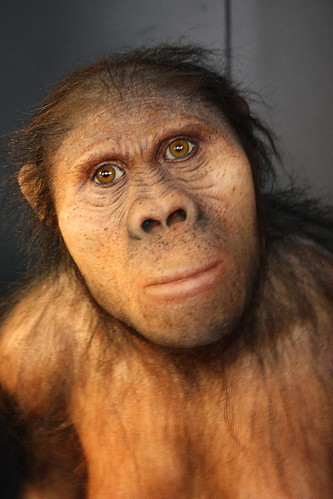
Museum of Human Evolution
The Museum of Human Evolution houses the findings from the archaeological sites in the Atapuerca mountain range, a World Heritage Site, offering an insight into the mystery of the origins of man and evolution. An exhibition and educational center provide a series of interpretations and scientific hypothesis offering a global vision of man’s presence on Earth and positioning the archaeological sites within the context of the new theories into human evolution that have emerged.
The collections include more than 200 original fossils, including the remains of Homo Antecessor (the oldest in Europe), the skull of Miguelón and the pelvis of Elvis, the hand axe ‘Excalibur’ and the remains of animals such as panthers and hippopotamuses. A host of fascinating and intriguing answers that will inspire visitors to explore the Atapuerca mountain range and an insight into our knowledge of human evolution.
Museum of Human Evolution
The Museum of Human Evolution houses the findings from the archaeological sites in the Atapuerca mountain range, a World Heritage Site, offering an insight into the mystery of the origins of man and evolution. An exhibition and educational center provide a series of interpretations and scientific hypothesis offering a global vision of man’s presence on Earth and positioning the archaeological sites within the context of the new theories into human evolution that have emerged.
The collections include more than 200 original fossils, including the remains of Homo Antecessor (the oldest in Europe), the skull of Miguelón and the pelvis of Elvis, the hand axe ‘Excalibur’ and the remains of animals such as panthers and hippopotamuses. A host of fascinating and intriguing answers that will inspire visitors to explore the Atapuerca mountain range and an insight into our knowledge of human evolution.

© Cortical Evolution, contact: vmartinezcerdeno@ucdavis.edu
